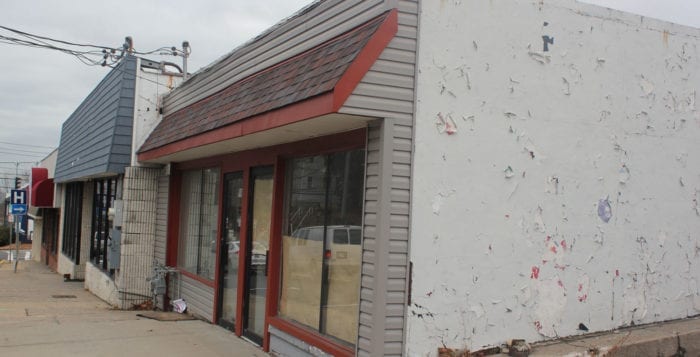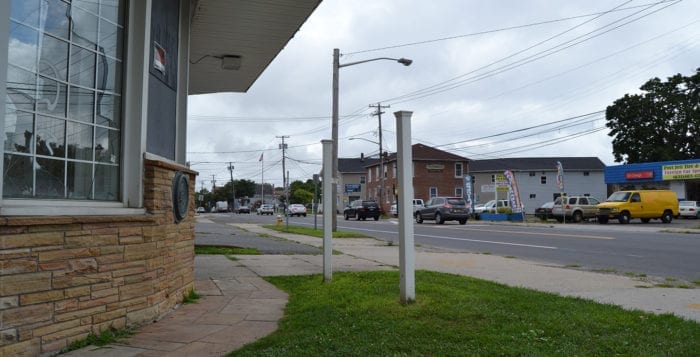The villages of Port Jefferson and Belle Terre are proposing a change to its ambulance service contracts with the goal of increased efficiency on the mind.
Currently emergency ambulance services are provided to homes in Mount Sinai Ambulance District, and the two incorporated villages by the Port Jefferson Ambulance Company, a not-for-profit corporation located on Crystal Brook Hollow Road in Mount Sinai.
The ambulance company provides services to the three entities through individual contracts, with a projected 2018 total budget of $1.4 million. Port Jeff and Belle Terre villages contracted KPC Planning Services Inc. to examine the possibility of proposing to expand the Mount Sinai Ambulance District to encompass the two villages, thus simplifying the process and requiring a single contract with the company for its existing coverage area.
Port Jeff Village Attorney Brian Egan called the current set up, “not even close to efficient,” noting the three entities do not even operate on the same fiscal year, making budgeting for ambulance services more complicated than village officials say it needs to be.
“It creates a problem for us because the 51 percent majority can pass a budget without our say,” Port Jeff Mayor Margot Garant said during a May board meeting. The Mount Sinai Ambulance District makes up more than 50 percent of the ambulance company’s territory and is overseen by the Town of Brookhaven.
KPC Planning Services’ report summed up the goal behind the proposed change: “Operationally, the district managers must answer to three municipalities to make a capital, equipment or operational decision. The goal of the expanded district is to remove the village[s] from operational responsibility and vest the power exclusively in the Town [of Brookhaven].”
In actuality, Port Jefferson Village’s contract with the ambulance company expired in 2011, meaning the entities have continued a relationship without an official contract for seven years.
“It means no change in area, no change in service, no change in population — everything remains exactly the same,” Egan said in an interview. “The only structure that we’re changing is that we would no longer be a contracting party. It would be 100 percent exclusively in control of the Town of Brookhaven.”
Egan said residents should not expect to see any changes in their taxes, services or even the name on the side of an ambulance in the case of an emergency. Both villages have passed resolutions proposing the change, which will need to be acted on by Brookhaven before it can go into effect. Egan said he’s not sure of the timeline from the town’s perspective but hopes it is soon.
Consolidating services has been on the mind of Brookhaven Supervisor Ed Romaine (R), as the town was named the winner of a $20 million grant for its proposals as part of a New York State competition earlier this year.
“Elimination of this three-ring tangle is consistent with Brookhaven Town Supervisor Edward Romaine’s goal to eliminate duplication in districts, streamline decision making and consolidate services,” the KPC report said.



















